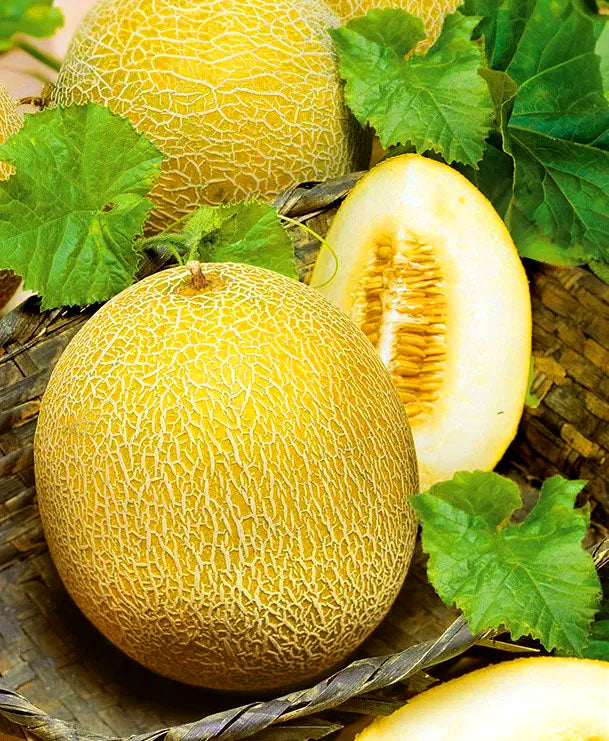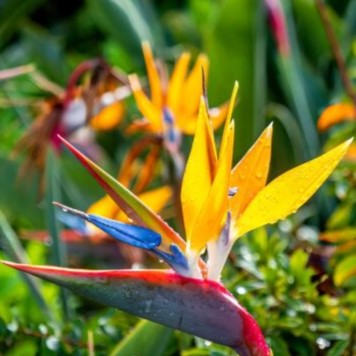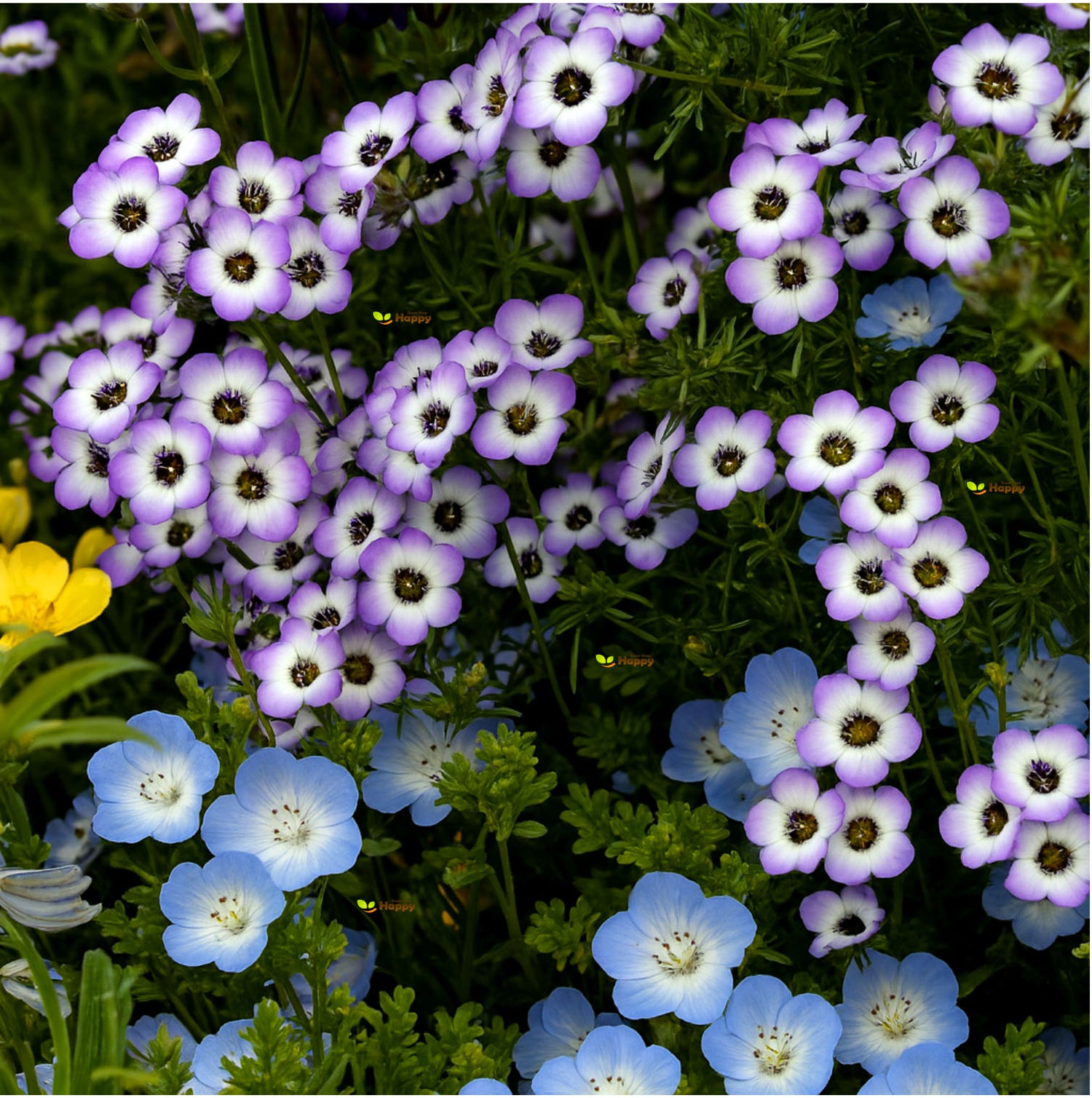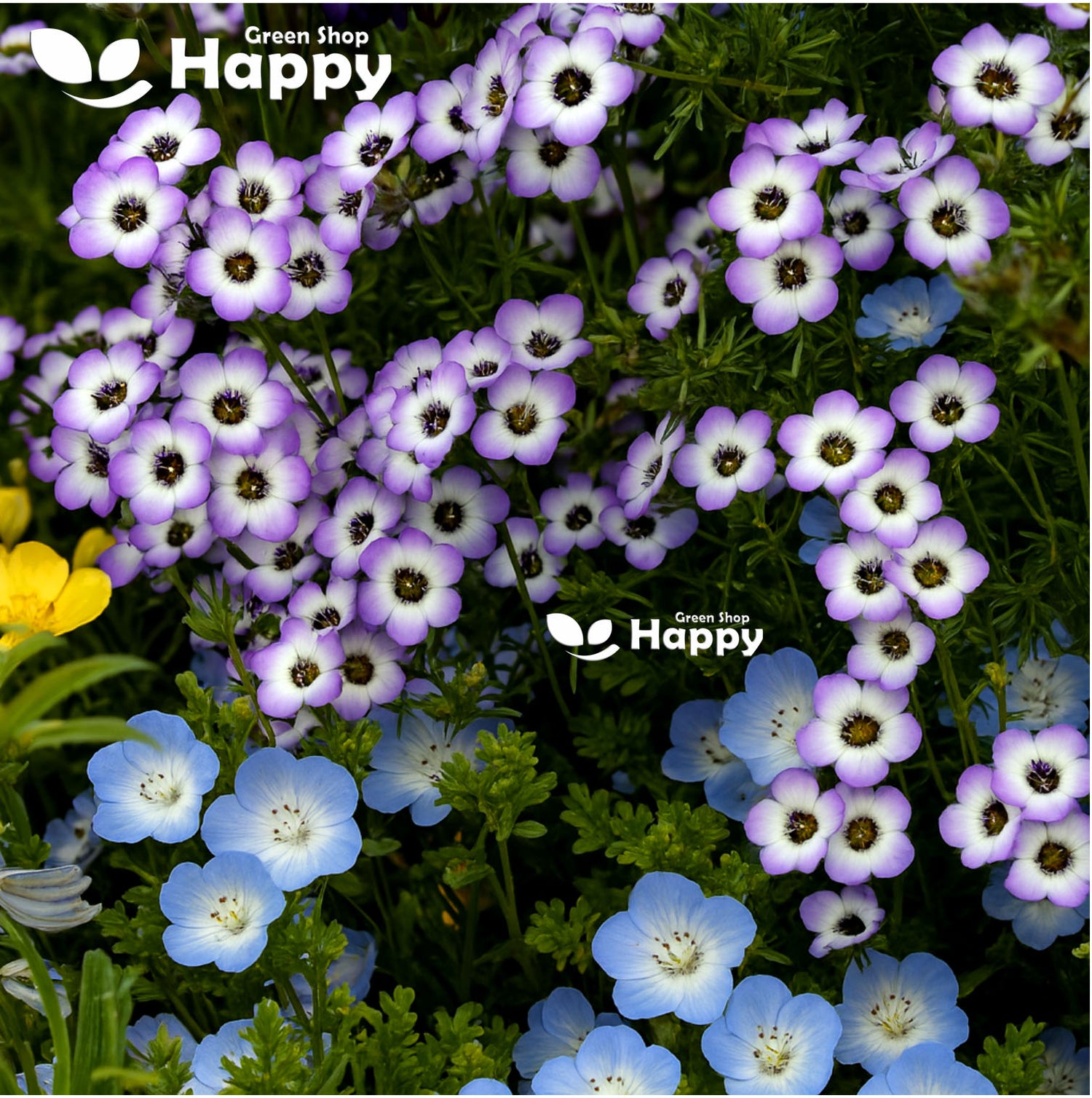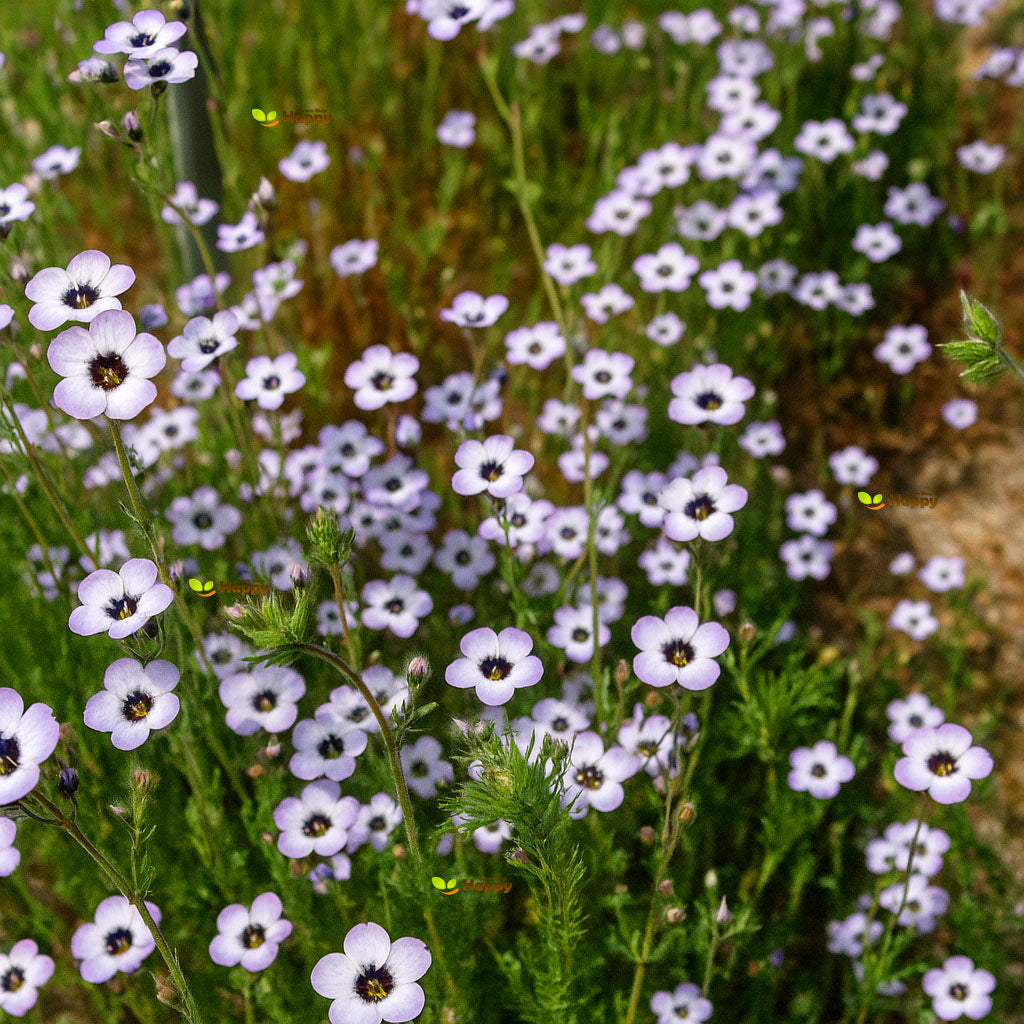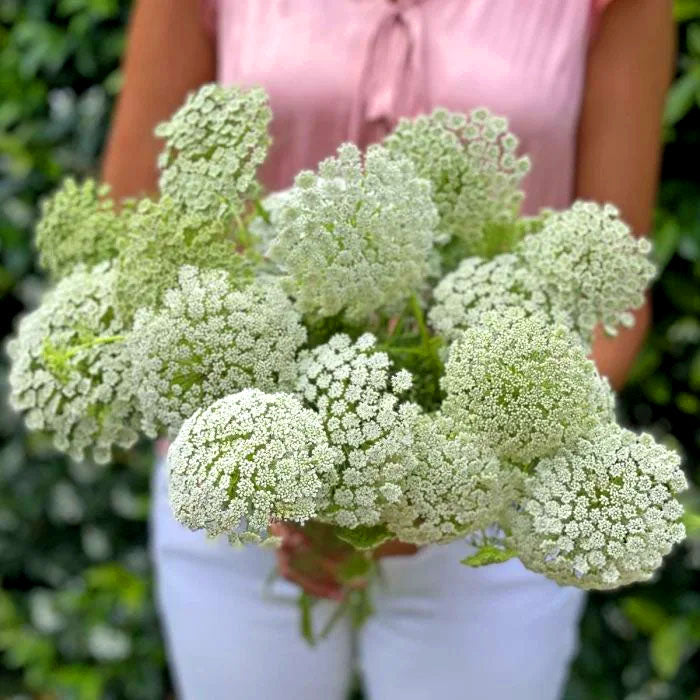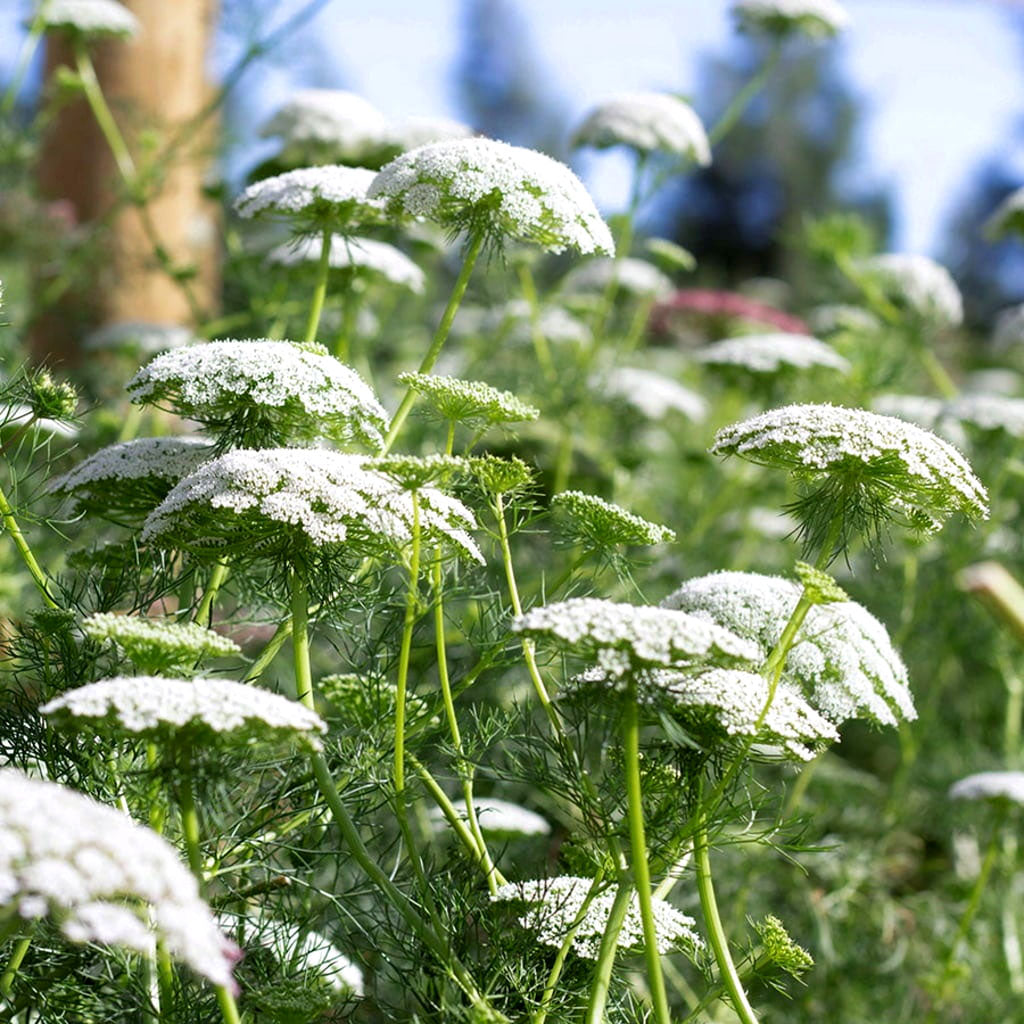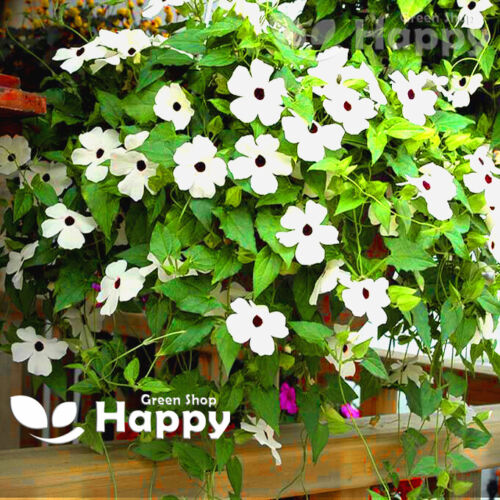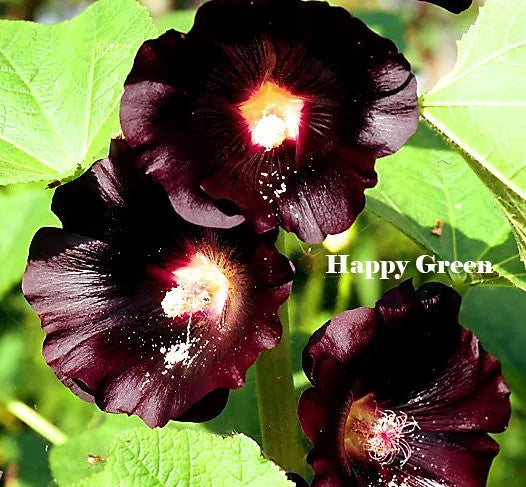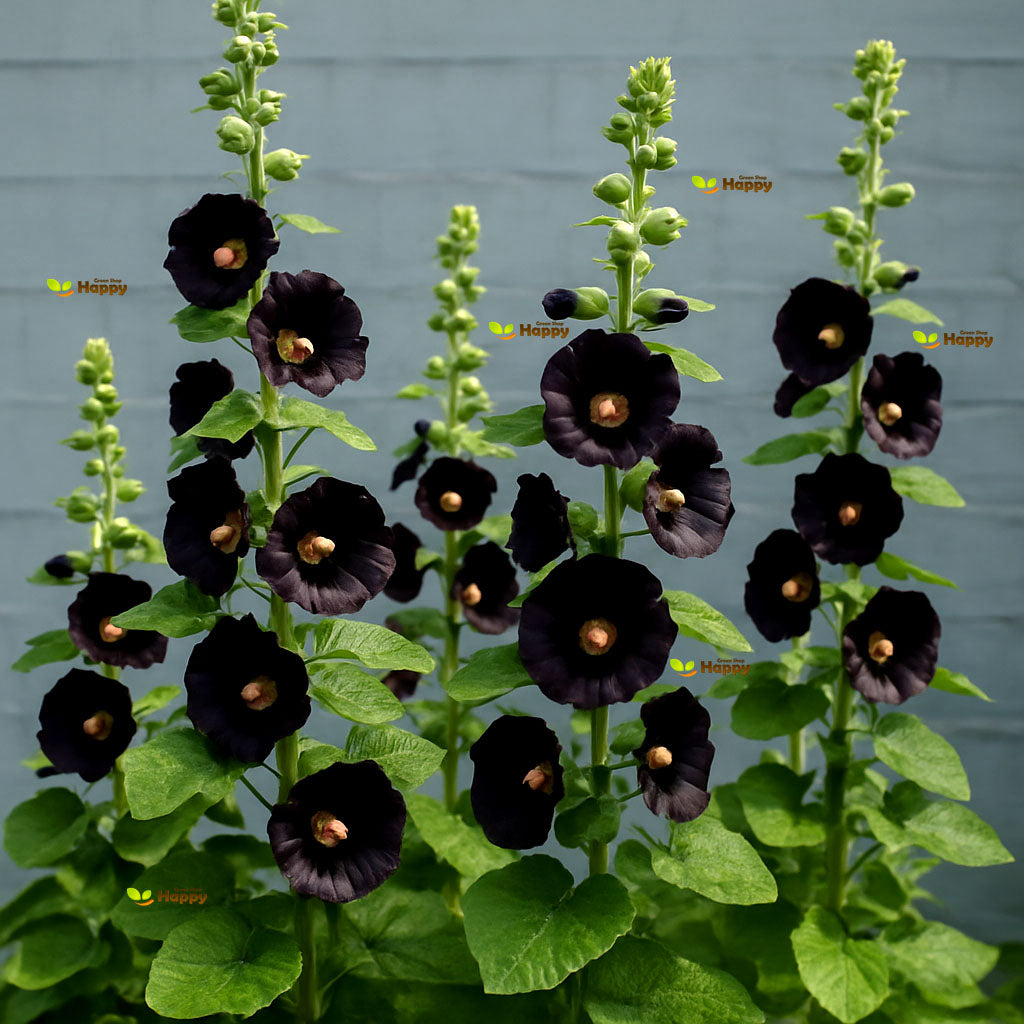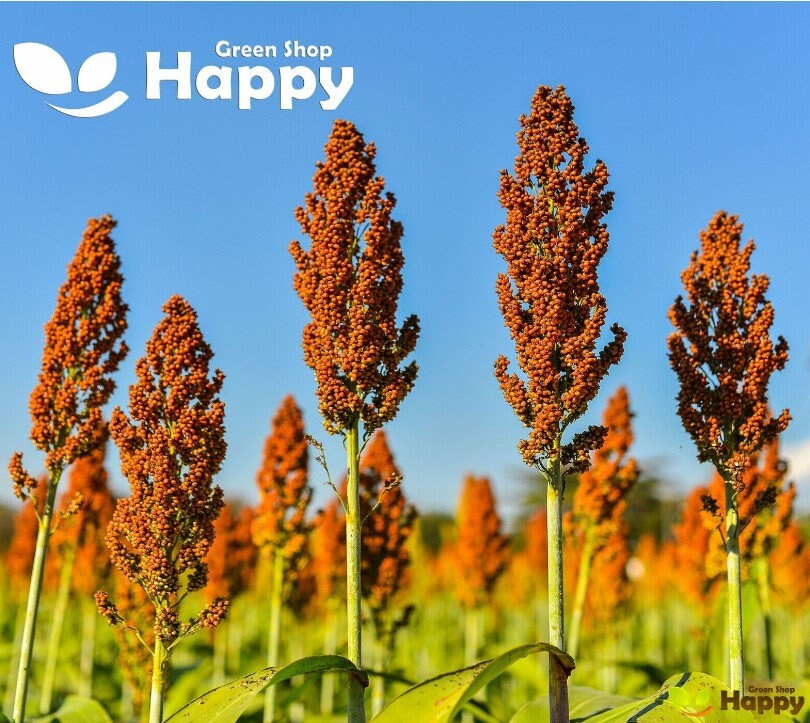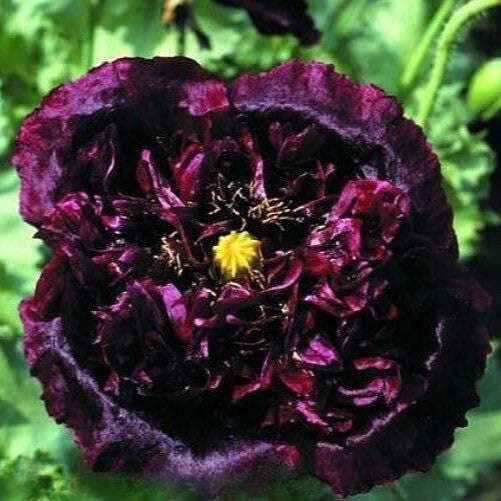Sort by:
1113 products
1113 products
Bird of Paradise – Seeds (Strelitzia reginae)
Bird of Paradise is one of the world’s most striking ornamental plants, prized for its dramatic flowers that resemble tropical birds in flight. With vibrant orange and blue petals, it brings an exotic touch to gardens, patios, or conservatories. Though slow to flower from seed, the reward is a spectacular, long-lasting display that makes it a true centerpiece plant.
Why Grow "Bird of Paradise"
-
Exotic orange-and-blue flowers resembling birds in flight
-
Stunning architectural foliage year-round
-
Long-lived, impressive container or garden plant
-
A tropical showpiece with dramatic visual impact
Key Features
-
Type: Perennial (Strelitzia reginae)
-
Height: 1–1.5 m
-
Flowering: Typically 3–5 years from seed, then annually
-
Position: Full sun to partial shade
-
Uses: Specimen plant, patios, conservatories, tropical-style gardens
Ideal For
-
Creating a tropical centerpiece indoors or outdoors
-
Container growing for patios and conservatories
-
Adding dramatic, exotic flair to gardens
-
Patient gardeners seeking a rewarding long-term plant
Sowing & Growing
-
Scarify seeds and soak in warm water for 24–48 hours before sowing
-
Sow indoors: Anytime with heat (20–25°C)
-
Germination: May take 1–3 months
-
Transplant seedlings into pots, spacing well
-
Requires well-drained soil, regular feeding, and patience to flower
Bird’s Eyes – Seeds
(Gilia tricolor)
Bird’s Eyes (Gilia tricolor) is a delightful annual wildflower producing masses of small, trumpet-shaped blooms in shades of purple, lavender, and cream with golden throats. Compact and bushy, this variety creates cheerful, nectar-rich displays that attract bees and butterflies, perfect for naturalistic plantings and wildflower gardens.
Why Grow Bird’s Eyes?
-
Charming pastel blooms with golden centers
-
Compact and easy to grow annual
-
Excellent for pollinators
-
Long flowering season for summer color
Key Features
-
Type: Hardy annual
-
Height: 20–40 cm
-
Flowers: Late spring to summer
-
Position: Full sun
-
Soil: Light, sandy, well-drained
Ideal For
-
Wildflower gardens and meadows
-
Cottage garden borders
-
Pollinator-friendly planting
-
Containers and small garden spaces
Sowing & Growing
-
Sow outdoors: March–May or in autumn where they are to flower
-
Germination: 14–21 days at 15–20°C
-
Thin seedlings to 15–20 cm apart
-
Care: Prefers poor soils, minimal feeding required
Bird's-foot Trefoil – Seeds (Lotus corniculatus)
Bird’s-foot Trefoil (Lotus corniculatus) is a hardy perennial wildflower, valued for its clusters of cheerful, golden-yellow blooms. A classic addition to meadows and wildlife gardens, it attracts bees, butterflies, and other pollinators while also serving as a food source for caterpillars. Its trailing, mat-forming habit makes it perfect for natural landscaping, wildflower lawns, or erosion control on banks and slopes.
Why Grow Bird’s-foot Trefoil?
-
Bright yellow pea-like flowers from June to September
-
Excellent nectar and pollen source for bees and butterflies
-
Nitrogen-fixing plant that enriches soil
-
Low-growing, mat-forming habit—ideal for ground cover
-
Thrives in poor soils and challenging sites
Key Features
-
Type: Perennial wildflower
-
Height: 10–40 cm
-
Position: Full sun; well-drained soil
-
Uses: Meadows, wildlife gardens, slopes, banks, natural lawns
Ideal For
-
Creating pollinator-friendly wildflower meadows
-
Soil improvement in poor or sandy sites
-
Low-maintenance ground cover
-
Naturalizing in grass or wild areas
Sowing & Growing
-
Sow outdoors: Spring or autumn directly into prepared soil
-
Sow thinly, rake in lightly, and water gently
-
Germination: 2–4 weeks
-
Flowers: Summer from the second year onward
Bishop’s Flower ‘Queen Anne’s Lace’ Seeds (Ammi majus)
Add delicate elegance to your garden with Bishop’s Flower ‘Queen Anne’s Lace’ (Ammi majus). This annual produces airy, lacy white umbels on tall, graceful stems, perfect for borders, meadows, and cutting gardens. Easy to grow and long-flowering, it attracts pollinators and adds a classic cottage garden charm.
How to Grow
-
Sow directly outdoors in spring or indoors 4–6 weeks before the last frost.
-
Use well-drained soil in full sun.
-
Scatter seeds thinly on the soil surface and press lightly; do not cover.
-
Keep soil moist until germination (14–21 days).
-
Thin seedlings to 30–40 cm apart for healthy growth.
-
Cut flowers regularly to encourage continuous blooming.
Key Features
-
Airy, lacy white umbels on tall stems
-
Hardy annual, easy to grow and long-flowering
-
Ideal for borders, meadows, and cutting gardens
-
Attracts bees, butterflies, and other pollinators
-
Classic cottage garden appeal
Ideal For
-
Flower borders and cottage gardens
-
Meadow-style plantings and naturalized areas
-
Cutting gardens for fresh bouquets
-
Pollinator-friendly landscapes
Sowing
-
Best time: Spring outdoors or 4–6 weeks earlier indoors
-
Germination: 14–21 days
-
Sow thinly on soil surface, press lightly, do not cover
-
Prefers full sun and well-drained soil
Quick Tip
-
For a longer flowering season, sow in successive batches every 2–3 weeks.
Black-eyed Susan Mix – Seeds
(Thunbergia alata)
Black-eyed Susan Vine (Thunbergia alata) is a fast-growing climber with masses of cheerful, brightly colored blooms in shades of yellow, orange, and cream, each with a characteristic dark center. Perfect for adding a splash of long-lasting color, this mix thrives on trellises, fences, or hanging baskets, creating a vibrant display all summer long.
Why Grow Black-eyed Susan Mix?
-
Free-flowering climber with vivid blooms
-
Long season of color from summer to frost
-
Easy to grow and fast covering
-
Great for both vertical and container gardening
Key Features
-
Type: Annual climber
-
Height: 150–200 cm
-
Flowers: Summer to autumn
-
Position: Full sun or light shade
-
Soil: Fertile, well-drained
Ideal For
-
Covering fences, trellises, and arches
-
Hanging baskets and balcony displays
-
Fast seasonal screening
-
Bright summer color in any garden
Sowing & Growing
-
Sow indoors: February–April in pots/trays at 18–22°C
-
Germination: 14–21 days
-
Transplant: Harden off and plant outside after last frost
-
Outdoor sowing: Late spring in warm soil, directly where plants will climb
-
Support: Provide trellis, netting, or string for climbing habit
Black-Eyed Susan White Seeds (Thunbergia alata)
Black-Eyed Susan White is a vigorous, climbing annual producing striking white flowers with contrasting dark centers. Its trailing and twining habit makes it perfect for trellises, fences, arbors, and containers. Loved for its long flowering season and fast growth, it adds vertical interest and bright, cheerful color to any garden.
What Makes It Special
-
Bright white flowers with contrasting dark centers
-
Vigorous climbing and trailing growth ideal for vertical displays
-
Long-flowering, providing summer and autumn color
-
Attracts pollinators such as bees and butterflies
Key Features
-
Botanical name: Thunbergia alata
-
Variety: White
-
Seed count: Approx. seeds per pack
-
Height/Spread: Climbs 1.5–2.5 m; spread depends on support
-
Position: Full sun to partial shade; fertile, well-drained soil
-
Flowering period: June–October
Ideal For
-
Trellises, fences, arches, and arbors
-
Hanging baskets and containers with support
-
Vertical interest in garden beds and borders
-
Pollinator-friendly gardens
Sowing Instructions
-
When to sow: February–April indoors; March–May outdoors
-
How to sow:
-
Sow seeds 0.5–1 cm deep in pots or seed trays
-
Germination in 10–14 days at 20–25°C
-
-
Transplanting: Plant outdoors after frost, spacing 25–30 cm apart with support
-
Care: Water regularly; provide trellis or support for climbing; deadhead to prolong flowering
Black Hollyhock – Seeds (Althaea rosea nigra)
Black Hollyhock (Althaea rosea nigra) is a striking biennial producing tall spikes of deep, dark purple to almost black double blooms. Its dramatic flowers create a bold focal point in borders, cottage gardens, and pollinator-friendly areas. Easy to grow and long-lasting, this variety attracts bees and butterflies while adding elegance and vertical interest to any garden.
Why Grow "Black Hollyhock"
-
Tall spikes of deep purple to nearly black flowers
-
Dramatic focal point for borders and cottage gardens
-
Attracts bees, butterflies, and other pollinators
-
Hardy biennial with long-lasting blooms
Key Features
-
Type: Biennial (Althaea rosea nigra)
-
Height: 1.8–2.0 m
-
Flowering: Second year after sowing
-
Position: Full sun
-
Uses: Borders, cottage gardens, pollinator planting, cut flowers
Ideal For
-
Creating vertical interest and dramatic color in borders
-
Cottage and mixed garden designs
-
Pollinator-friendly planting
-
Gardeners seeking bold, elegant biennial flowers
Sowing & Growing
-
Sow indoors: January–March
-
Sow outdoors: Directly in soil April–May
-
Germination: 14–21 days
-
Plant out after last frost, spacing 45–60 cm apart
-
Prefers full sun and well-drained soil
Black Millet Grass – Striking Seed Heads & Elegant Garden Texture
Bring dramatic elegance to your garden or floral designs with Black Millet Grass (Sorghum nigrum) – an ornamental grass prized for its tall, sturdy stems and deep purple-black seed heads. A favourite in both fresh and dried arrangements, Black Millet also attracts birds and beneficial insects, making it a stunning and functional addition to your outdoor space.
What Makes It Special
-
Rich, dark seed heads that stand out in borders and arrangements
-
Adds height, structure, and movement to the garden
-
Long-lasting in both fresh and dried floral designs
-
Attracts birds and pollinators
-
Heat and drought tolerant – thrives in summer conditions
Key Features
-
Height: 90–150 cm – adds vertical drama to plantings
-
Dark, glossy seed heads for striking contrast
-
Low-maintenance and easy to grow from seed
-
Excellent cut flower and dried material
-
Bird-friendly and pollinator-attracting
Ideal For
-
Borders & Backdrops – Adds height and texture to mixed plantings
-
Cut & Dried Flower Arrangements – Stylish and long-lasting
-
Wildlife Gardens – Provides food for birds
-
Modern Landscapes – Perfect for adding bold contrast to lighter blooms
Sowing
-
When to Sow: Spring, after the last frost, or start indoors 4–6 weeks earlier.
-
How to Sow: Sow seeds 0.5–1 cm deep in well-draining soil.
-
Germination Time: 7–14 days at 18–24°C.
-
Spacing: 25–30 cm apart to allow for mature growth.
-
Sunlight: Full sun for strongest color and tallest growth.
Grow Black Millet Grass for a garden that’s both sophisticated and wildlife-friendly!
Black Peony Poppy – Seeds (Papaver paeoniflorum)
Black Peony Poppy (Papaver paeoniflorum) is a striking annual known for its large, double-layered deep black blooms. Its dramatic flowers create a bold statement in borders, cottage gardens, and cutting gardens. Easy to grow and long-flowering, this poppy adds a unique, elegant touch while attracting pollinators to your garden.
Why Grow "Black Peony Poppy"
-
Large, double deep black blooms
-
Long flowering period from late spring to early summer
-
Adds a dramatic, elegant accent to gardens
-
Attracts bees and butterflies
Key Features
-
Type: Annual (Papaver paeoniflorum)
-
Height: 50–70 cm
-
Flowering: May–July
-
Position: Full sun
-
Uses: Borders, cottage gardens, cutting gardens, pollinator-friendly planting
Ideal For
-
Dramatic focal points in borders and beds
-
Cottage-style and romantic gardens
-
Cutting gardens for unique bouquets
-
Pollinator-friendly gardens
Sowing & Growing
-
Sow outdoors: March–May directly in prepared soil
-
Germination: 10–20 days at 15–20°C
-
Thin seedlings to 20–30 cm apart
-
Prefers full sun and well-drained soil
-
Deadhead to prolong flowering
Showing 108/1113




